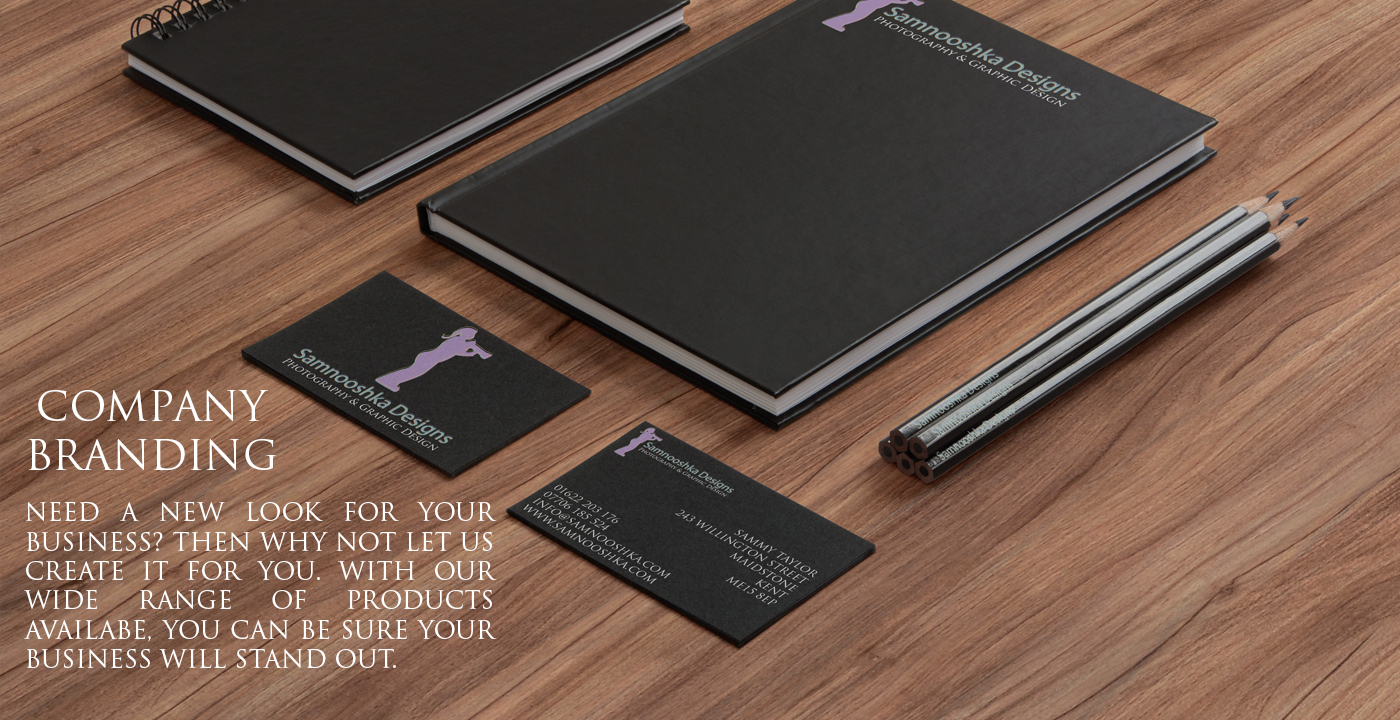CMYK or RGB and Image Resolution
To explain why it is important to tell me what your design is going to be used for before I start a project, I have put together some information about CMYK, RGB and image resolution.
Printing I will work with CMYK at 300dpi, for digital (online) I will work in RGB at 72dpi. Digital work should never be sent for print and files intended for print should never be used online as the your device (computer/phone/tv) will not be able to convert CMYK to RGB very well and the design will appear in the wrong colours as it tries to substitute a CMYK colour for an RGB one.
CMYK or RGB
Both RGB and CMYK are modes for mixing color in graphic design. As a quick reference, the RGB color mode is best for digital work, while CMYK is used for print products.
RGB (Red, Green and Blue) is the color space for digital images. Use the RGB color mode if your design is supposed to be displayed on any kind of screen.
A light source within a device creates any color you need by mixing red, green and blue and varying their intensity. This is known as additive mixing: all colors begin as black darkness and then red, green and blue light is added on top of each other to brighten it and create the perfect pigment. When red, green and blue light is mixed together at equal intensity, they create pure white.
Designers can control aspects like saturation, vibrancy and shading by modifying any of the three source colors. Because it’s done digitally, the designer manipulates how the light on the screen manifests to create the color they want.
CMYK (Cyan, Magenta, Yellow, Key/Black) is the color space for printed materials.
A printing machine creates images by combining CMYK colors to varying degrees with physical ink. This is known as subtractive mixing. All colors start as blank white, and each layer of ink reduces the initial brightness to create the preferred color. When all colors are mixed together, they create pure black.
The adverts below are the same logo, one is CMYK (top) and the other RGB (bottom), you can see the difference on your device as to how they look and why I will not allow CMYK images to be viewed online.

CMYK example viewed online, you can see the distortion in colour from how it is meant to look in the RGB version below.

Image Resolution
The term "image resolution" means how many of your image's pixels will fit inside each inch of paper when printed. Obviously, since your photo has a fixed number of pixels, the more of them you squeeze inside each inch of paper, the smaller the image will appear on the paper. Likewise, the fewer pixels you print per inch, the larger the image will appear on paper. The number of pixels that will be printed per inch is known as the resolution of the image, or "image resolution". Image resolution has everything to do with printing your image. It has nothing to do with how your image appears on your computer screen, which is why images you download off the internet usually appear much larger and higher quality on your screen than they do when you print them.
For your images to look their best, the higher the resolution (DPI) the better.
For Online Advertising, photos taken from your phone or downloaded from the internet are fine for me to use, although out of focus images will not be used, images must still be in focus and clear.
For Printed Advertising, such as those that go to the press or yearbooks or anything for print, must be at least 300dpi and taken using a suitable camera. I will not create a full page advert with mobile phone pictures or those downloaded from the internet, the quality, even if it is a great shot, just isnt high enough.
To send images to me, please use the following websites:
Dropbox.com
Wetransfer.com
Bigmailfile.com
Please enter my address in the send to box: This email address is being protected from spambots. You need JavaScript enabled to view it.
These websites to not compress images and they retain the full quality required for printed work.








